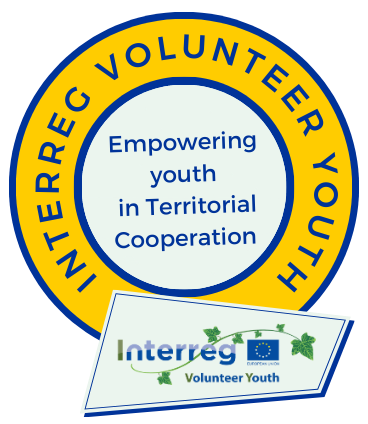Custom Detail
28/04/2024
As MONI.CA project represents a pioneering initiative aimed at enhancing policy-making regarding air quality by leveraging innovative technologies, focusing on improving the well-being of urban populations in Italy and Croatia, and seeks to revolutionise environmental monitoring practices; this e-letter provides a brief overview of the significant progress achieved so far, highlighting the design and implementation of innovative technologies for continuous air quality monitoring. From the development of a state-of-the-art solar-powered glider with advanced sensory capabilities to the integration of cutting-edge communication systems and synergies with drones, MONI.CA is revolutionising environmental monitoring practices.
Air pollution poses a significant threat to public health, with urban areas often recording high levels of pollutants that can negatively affect respiratory and cardiovascular systems. To address this urgent problem, MONI.CA's goal is to implement a comprehensive air quality monitoring system in the cities of Padua and Dubrovnik. Leveraging state-of-the-art technologies and innovative approaches, the project aims to provide valuable data to policymakers and stakeholders, ultimately leading to more effective strategies for pollution control and public health protection.
Key achievements so far:
We have successfully designed and deployed a solar-powered glider equipped with a dual battery system, solar panels, and a flexible array of sensors. This innovative aircraft can withstand various weather conditions and remain in flight for extended periods, facilitating continuous air quality monitoring in target areas.
Through rigorous testing and validation processes, the project successfully integrated advanced sensor technologies into the monitoring system. These sensors can detect a wide range of pollutants, including particulate matter, volatile organic compounds (VOCs), carbon monoxide (CO), and greenhouse gases, providing comprehensive data for air quality assessment.
To ensure real-time transmission, communication and analysis of data, the team has then implemented advanced communication systems, including GSM GPRS modules and Arduino-based microchips. These systems enable continuous monitoring of air quality parameters and facilitate data-driven decision-making processes.
Synergies with drones for improved and enhanced monitoring: In case of high pollution levels, MONI.CA utilises a programmable drone equipped with its array of sensors to conduct detailed follow-up analyses. This collaboration between the glider and the drone improves the accuracy and precision of air quality monitoring, ensuring targeted interventions in areas of interest.
Integration of additional sensors: By the end of 2023, sensor integration validation took place in the Laboratory for Intelligent Autonomous Systems (LARIAT), University of Dubrovnik. Temperature, hydrogen, and UV sensors were connected to the Arduino Nano, which retrieved sensor data and relayed it to the aircraft’s onboard computer, Manifold 2G, over the serial connection. The aircraft used for this integration was the DJI Matrice 210v2 RTK, and a close-up view of the sensor suite integrated onboard the aircraft is portrayed in Figure 1.
Snapshots taken during the experiment are depicted in Figure 2, Figure 3, Figure 4.
Related news
29/04/2024
Croatian students first time in Italy: they learn about Italian agricultural practices
The Municipality of Larino and the High School Institute "A. Magliano" organized the second study trip for eight students and their professor from Braće Radić High School from Kaštel Štafilić, Crotia








